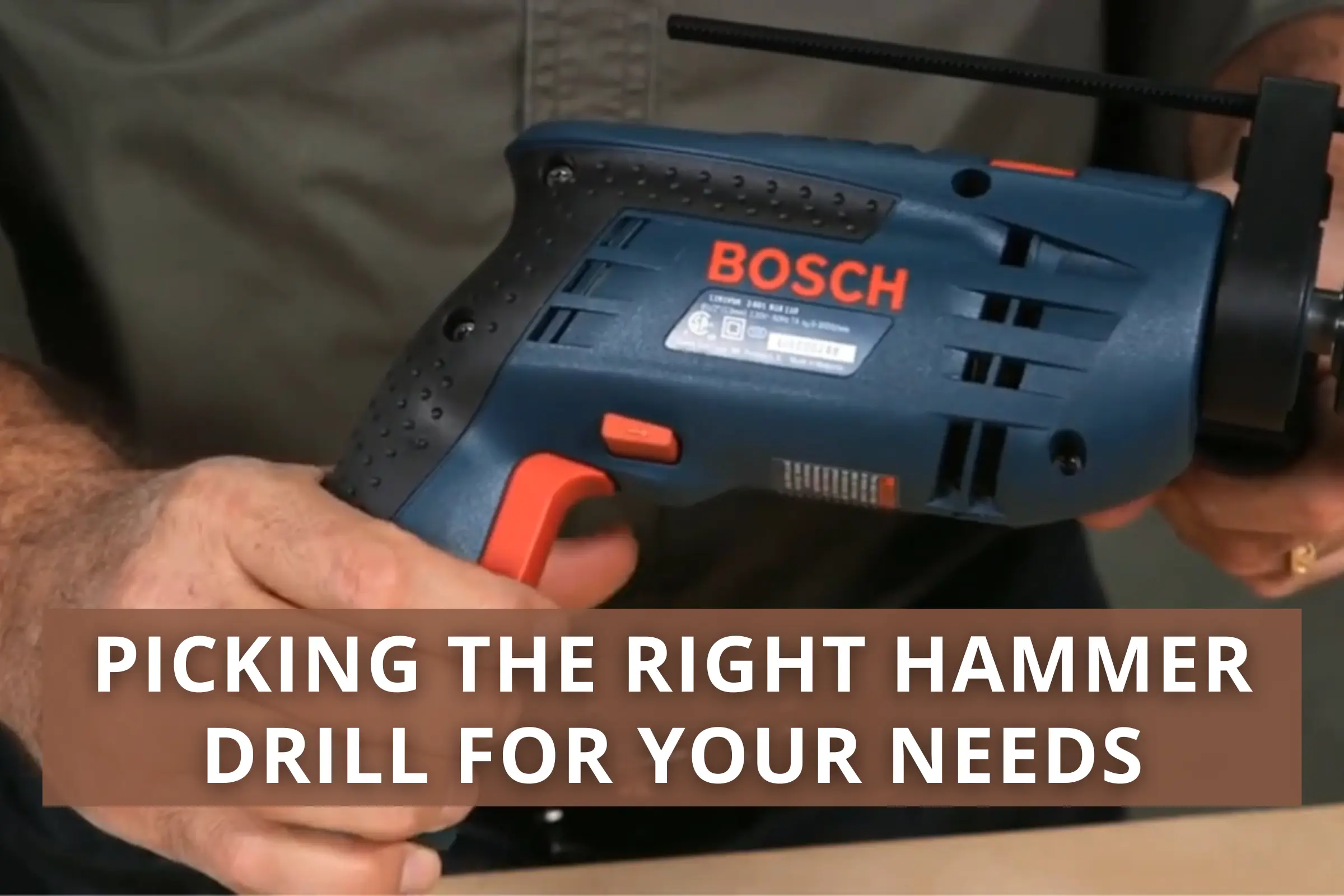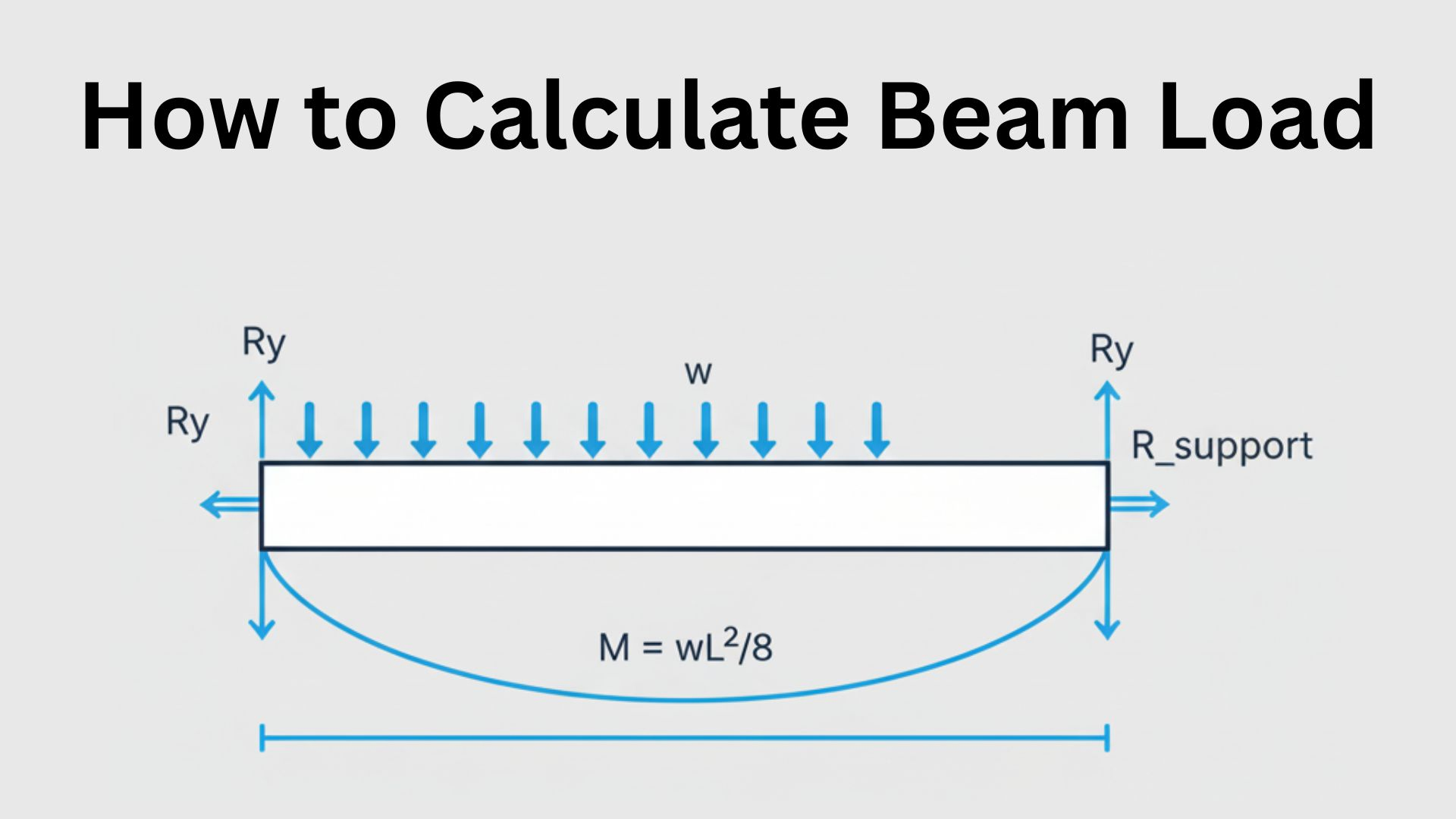First things first: you need to know the basic terminology. A hammer drill is a type of power tool with a rotary system, which strikes and breaks rock or masonry.
There are many different types of hammer drills, but in this guide, we will focus on those that are used for drilling into concrete. Let’s get started!
What is a Hammer Drill and How Does it Actually Work?
If you’re wondering what a hammer drill is and how it actually works, you’ve come to the right place. A hammer drill is a power tool that helps make holes in concrete, brick, or stone.
It does this by using a hammering action to create vibrations that help break up the material.
To use a hammer drill, you’ll first need to select the appropriate bit for the job. Once you have the right bit, simply insert it into the chuck of the drill.
Next, you’ll need to position the drill so that the bit is lined up with where you want to make your hole. Finally, apply pressure to the trigger and start drilling.
As you drill, keep an eye on the progress of the hole and stop periodically to clear out any debris that has accumulated.
When you’re finished drilling, release the trigger and allow the drill to come to a complete stop before setting it down.
Now that you know how a hammer drill works, you can put this powerful tool to good use on your next project.
Hammer Drill vs Conventional Drill
When it comes to drilling holes, a hammer drill is the better choice than a conventional drill.
A hammer drill uses a pounding action to create holes, while a conventional drill uses a twisting action.
This makes a hammer drill much more effective at drilling through tough materials like concrete. If you’re working with masonry or another type of material that’s difficult to drill through, you need a hammer drill.
A hammer drill will make quick work of the job and help you get the job done right. Driving Screws. If you need to drive screws into metal or wood, then you’ll want a powerful corded electric rotary hammer for your project.
Hammer drills are ideal for this type of work because they can deliver high torque to easily sink the screws. For this type of work, the hammer drill’s high torque makes it ideal.
If you want to use a cordless rotary drill instead, then you should look for one with a high enough voltage rating and plenty of battery life so that you don’t run out of juice before the job is done.
Powered by electricity, corded rotary hammers are able to deliver more power than their cordless counterparts.
The motor in a corded drill delivers more torque and allows a bit to spin faster than its cordless counterpart can. This allows the user to get through tougher materials quicker than they could with a cordless tool.
However, there are some disadvantages to using a corded drill. The biggest drawback is the limited mobility that comes with being tethered to a cord.
You also have to be very careful when drilling in tight spaces, as the cable can get in the way and make it difficult to see what you’re doing.
If you’re planning on working in cramped quarters or you can use an extension cord of sufficient length, then this shouldn’t be too much of a problem.
Still, most people will find that they work better with a cordless drill than they do with one that’s plugged into an outlet. Cordless rotary hammers have plenty of advantages over their electric counterparts.
First of all, they’re lighter than even lightweight electric drills and this makes them far more comfortable to use in the long run.
They’re also much safer than regular drills because of the fact that they don’t have a cord, which makes you less likely to trip over it while you’re working.
Because they can be powered by battery, they’re also better for using in remote locations where no outlets are available.
It’s also much easier to change out batteries when you need a fresh one than it is to find an outlet and plug in your drill.
A cordless rotary hammer wouldn’t be as useful if you were working in an office environment where electrical outlets were plentiful and easy to access but for general construction work or for people who do a lot of woodworking at home, it’s an excellent option.
Also Read – Cinder Blocks: Uses, Advantages, Maintenace, DIY Ideas
Comparing the Various Types of Drills
When it comes to choosing a hammer drill for concrete, there are a few different types to consider.
The most common type is the rotary hammer drill, which is designed for drilling large holes in thick materials like concrete.
If you need to drill smaller holes, or if you’re working with thinner materials, then a percussion hammer drill might be a better option.
Finally, if you’re looking for the highest possible level of power and performance, then a demolition hammer drill is the way to go.
Each type of hammer drill has its own advantages and disadvantages, so it’s important to choose the one that’s best suited for your needs.
Rotary hammer drills are the most powerful and can handle the heaviest workloads, but they can be more difficult to control.
Percussion hammer drills are lighter and easier to handle, but they don’t have the same power as a rotary hammer drill.
Demolition hammer drills are the most powerful of all, but they’re also the heaviest and most difficult to control.
Ultimately, the best way to choose a hammer drill for concrete is to consider what you’ll be using it for and how often you’ll need to use it.
If you only need to drill occasional holes in thick materials, a percussion hammer drill should work just fine. If you’ll be drilling into concrete regularly, you’ll probably want to look at rotary or demolition hammers.
Picking The Right Hammer Drill for Your Needs
When it comes to choosing a hammer drill for concrete, there are many factors to consider. Here are a few tips to help you choose the best hammer drill for your needs:
- Determine the size and weight of the drill that you need. If you will be using the drill for large projects, then you will need a heavier and more powerful drill. However, if you only plan on using the drill for smaller projects, then a lighter and less powerful drill will suffice.
- Consider the type of handle that you want on your drill. Some drills have handles that are ergonomically designed to reduce fatigue during use. Others have handles that are more traditional in design. Choose the type of handle that is most comfortable for you to use.
- Decide what type of power source you want for your drill. Hammer drills can be powered by electricity, batteries, or compressed air. Choose the power source that is most convenient for you to use.
- Consider the price of the drill when making your purchase. Hammer drills can range in price from around $50 to several hundred dollars. Choose a drill that fits within your budget.
- Compare the features of different drills before making your purchase. Some features to compare include weight, power, speed and torque.6. Select a drill that comes with the accessories you need for your intended use.
- For example, some models come with case or belt clips, carrying pouches or holders, battery packs and charger stations.
- Make sure your drill includes a warranty. Most manufacturers offer a one-year warranty on their drills but some offer longer periods of protection.
- Pick an electric drill that meets the power needs of your project.
- Consider purchasing an additional battery pack to use with your drill if you will be working in an area where you do not have easy access to an electrical outlet.
- Many people who own cordless drills also own separate corded drills, so they can choose the tool that is best for each job and be confident in its performance.
The Unique Benefits of Using a Hammer Drill over Other Types of Drills
There are many different types of drills available on the market today, so how do you know which one is right for your needs? If you’re looking for a drill that can handle concrete, then a hammer drill is the way to go. Here are some of the unique benefits that come with using a hammer drill:
- More Power: Hammer drills offer more power than your standard drill, making them ideal for tougher projects.
- Increased Durability: With their added power comes increased durability. Hammer drills can withstand more wear and tear, meaning they’ll last longer.
- Better Control: The extra power of a hammer drill also means better control. You’ll be able to drill more precisely, making your projects look neater and cleaner.
- Faster Drilling: The added power of a hammer drill also means faster drilling times. If you’re working on a large project, this can be a huge time saver.
- Versatility: Hammer drills are very versatile and can be used for more than just drilling holes in concrete. They can also be used for chipping away at tough materials, making them a versatile tool to have on hand.
- Safety: Hammer drills, when owned and used correctly, are safer than regular drills because they reduce the risk of injury that can be caused by shrapnel and flying debris.
A hammer drill is perfect for those who want to do their own drilling in a professional manner.
Types of drill bits that work best on concrete
Drilling concrete is incredibly simple if you have the right tools and equipment. There are two types of drill bits that work best on concrete: hollow stem masonry drill bits or diamond core drills.
1) Hollow stem masonry drill bits – Hollow stem masonry drill bits are best for drilling holes in concrete up to 5 inches in diameter and have a chisel tip on one end and a pilot point on the other end for cleaning out stone dust during the process.
These bits work well for drilling holes for light duty anchors such as dead bolts and hooks.
2.) Diamond core drills – Diamond core drills are best for drilling up to 8 inches in diameter and can be used with a standard hammer drill or a drill press.
They are used to drill through footers, piers, foundation walls and columns (not load bearing).
These core bits have special tips that remove excess stone dust and debris while the bit is drilled into the concrete so they help reduce smoke and flying debris.
I’m not sure what you mean by “concrete floor”. If you’re talking about a slab on ground level, then you would use a cordless drill with an impact driver bit.
It’s always good to use a masonry bit, if you have one. …I’m assuming the concrete is fully set and hard already.
If so, then a cordless drill with a masonry bit should do the job. Be careful about spinning it too fast or you will heat up the bit which can damage the bits’ cutting ability. You don’t need to use a lot of pressure.
The point is to break up any big chunks that are in there and create holes for water to drain out of.
Conclusion
In this article, we have gone over what to look for when picking a hammer drill for concrete.
We went over the different types of bits, chucks, and speeds.
With all of this information in hand, you should be able to make an informed decision on which hammer drill will work best for your needs. Thanks for reading!


